Born in 1905, my grandma, Mae Rinkle Lynch lived through many dramatic changes in her 91 years, born in a world where she had no hope of having the right to vote and before the Model-T. Her father died just before she planned to go off to teacher’s college. The family’s loss of income forced her instead to go to business school to become a secretary. She received an education beyond High School in a time when for women that was mostly unheard of. Grandma went off to school in Washington DC where she learned short hand and typing skills. She was a young career woman of the 1920s. In 1926, Granddad sent his sweetheart an engagement ring and these two who had been friends on the playground were married. Granddad and she moved to Detroit and he set up his practice while she worked as a secretary. I understand that she worked outside the home until she gave birth to my father in 1936. This in no way means that she ever stopped working.
Between the time she was married and she became a mother, the great depression hit. Mae opened her home and her table to anyone in need. My grandparents took in family members and at all times and my grandma fed anyone she knew needed food. This did not just last throughout the depression years, this continued throughout her life. If someone in the neighborhood needed food, she would make sure they had food. Kids would roll up to the house and she would feed them. It was not just the food, but the safety and love she provided to those who were in need. I know this only through stories of those who received her hospitality and family members who witnessed her generosity. My strongest memories are of her by the stove cooking up a storm for her family and friends. She was the one who taught me to cook eggs and mash potatoes. She could command all the elements of the kitchen to perform to her will. I see her standing by the stove with the spatula in her hand, talking as she cooked.
Grandma was a force of nature, and the kitchen was her domain. How hard it is to imagine a force of nature going silent. Those who are such powerhouses of energy, leave such a hole in our lives when they die. When you are so used to the wind swirling and it goes still, it can be quite unnerving. My favourite things of hers are her potato masher and metal spatula. When my sister is hosting a family occasion, she asks me to bring the potato masher so we can have proper mashed potatoes. My husband asked me once years ago when I was going to get rid of that old spatula, and I said I was never going to get rid of it. No one makes them like this anymore, and even though the handle is broken I will keep fixing it. When I cook with her things, I often feel like I am using arcane magic wands to make food for the family. I think she would love that they are still being used to nurture her family even now, eighteen years today, since her death. She remains to me a great example of hospitality, teaching me that whoever comes my way in life, give them an open heart and home

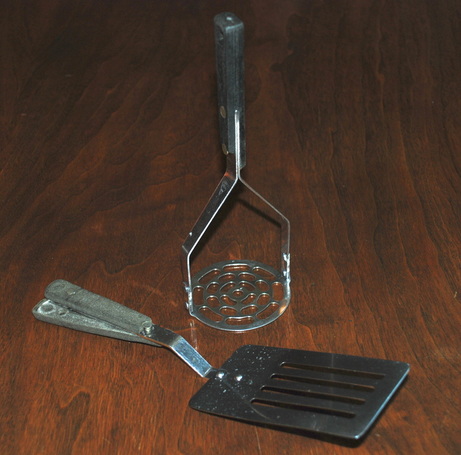
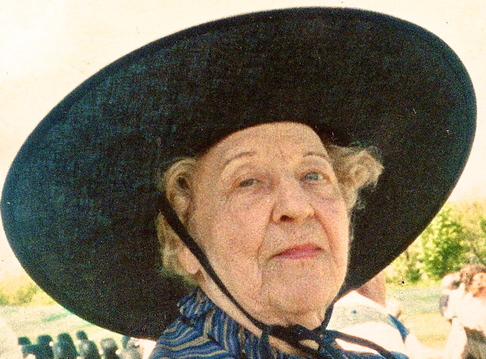
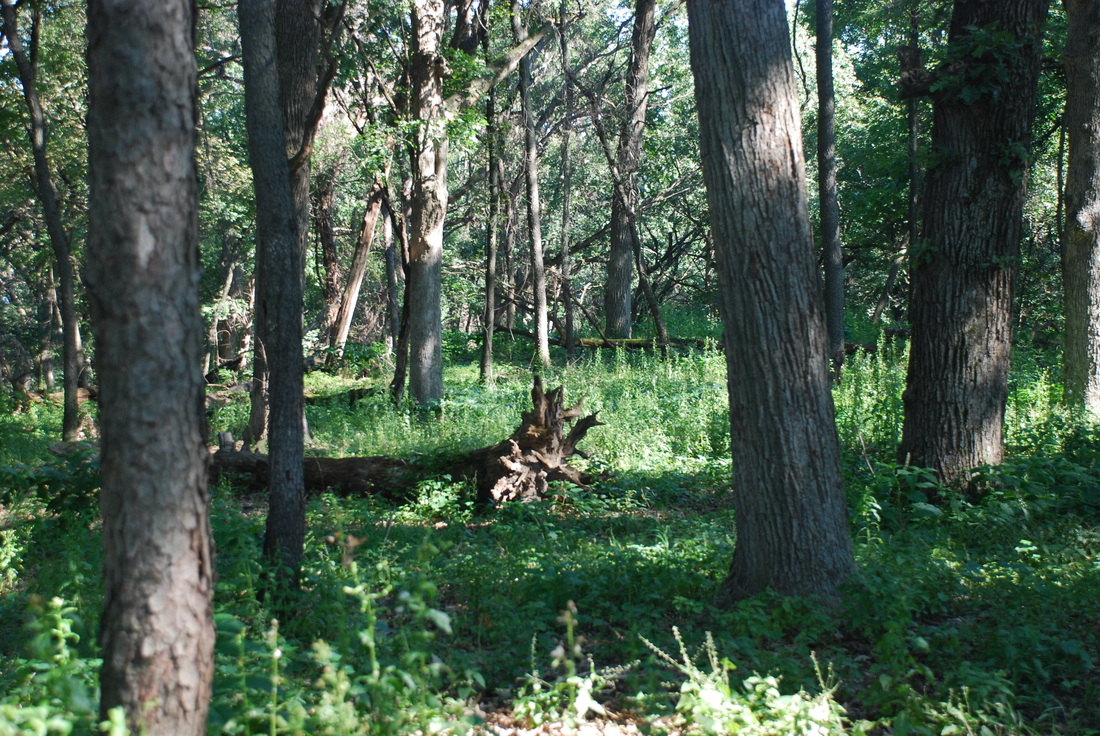
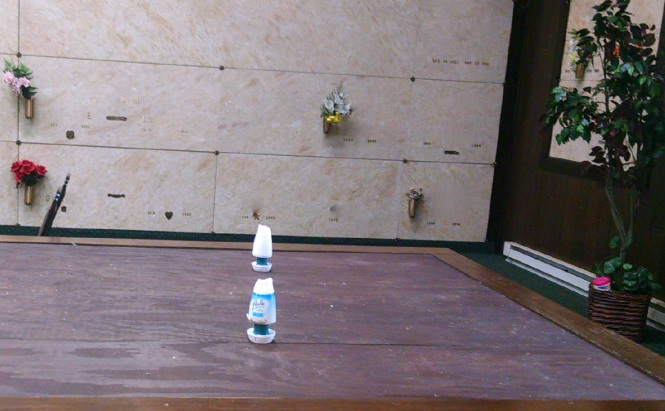
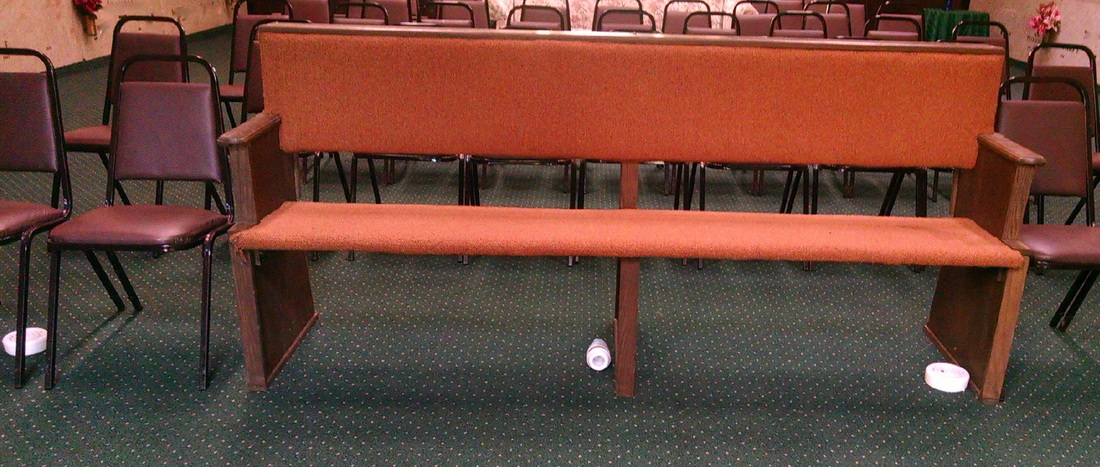
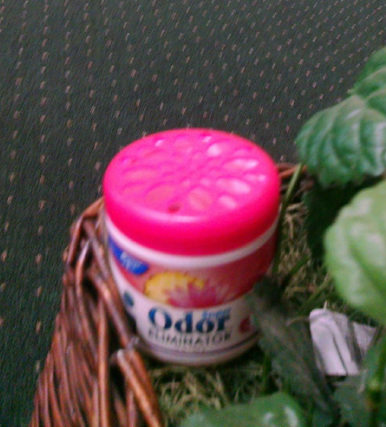
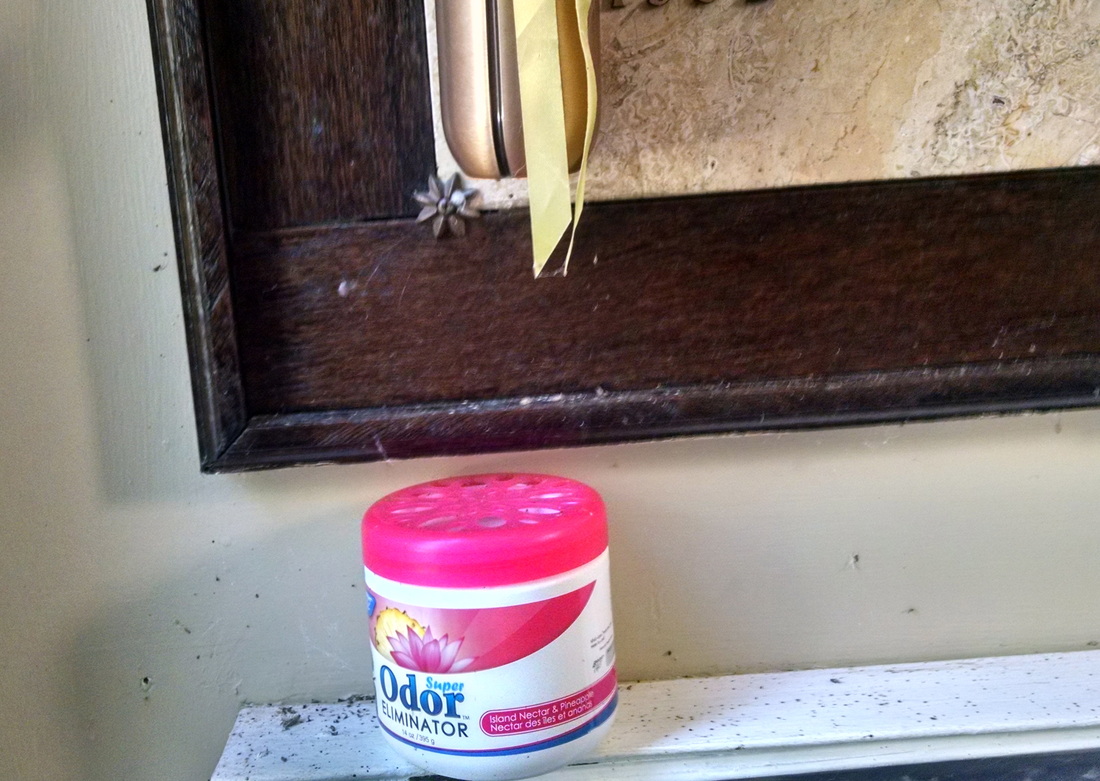
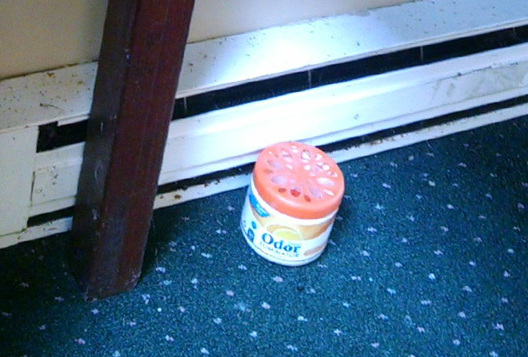
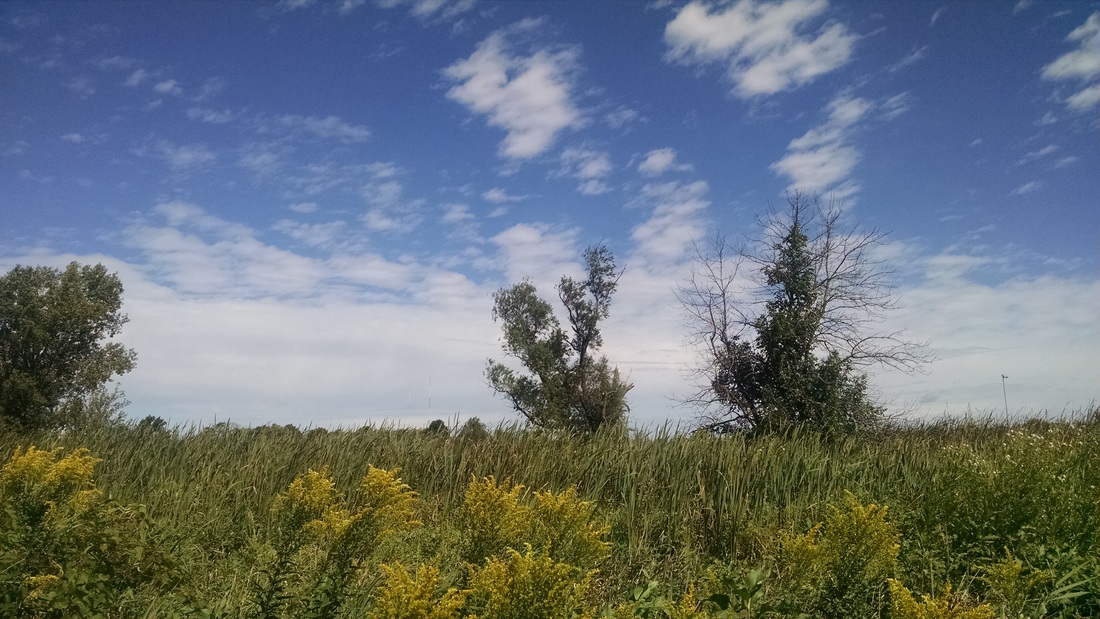
 RSS Feed
RSS Feed